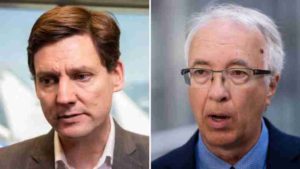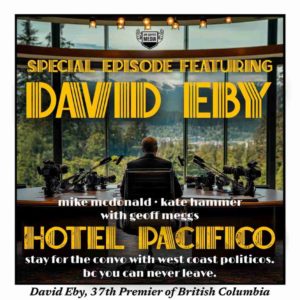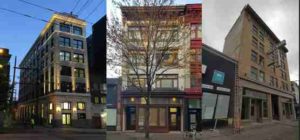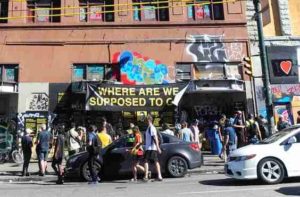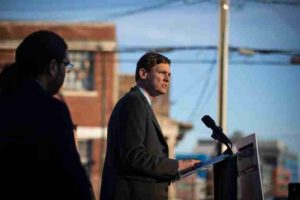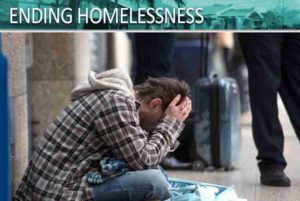
The 43rd Annual Vancouver International Film Festival
Since opening in 1981, with a handful of films in just one theatre — the lost and lamented Ridge Theatre, at 16th and Arbutus — the Vancouver International Film Festival has taken on a vital role for local filmmakers and film lovers.
As it celebrates its 43rd anniversary this year, today VanRamblings will provide insight into the award-winning films that will screen at VIFF this year, as well as provide information on this year’s venues, ticket acquisition, and more.
With 150 feature films running over 11 days, although VIFF 2024 isn’t as complex as once was the case — as it runs from September 26th thru October 6th, it’s now shorter than the 16 day length it maintained for many years — navigating the sprawling festival can still be a little daunting.
VIFF is best approached like a multi-country overseas vacation: with pre-planning, and lots of it.
What movies to choose?

On viff.org , you’ll find films organized by programme (Showcase, Panorama, Vanguard, Northern Lights, Insights, Spectrum, Portrait and Altered States) by country of origin, by genre, and by director. See what intrigues you!
Also, check to see which films have a guest attending (noted on each film’s individual page), which might mean an interesting Q&A.
You can also peruse the hard copy VIFF guide, which will soon be available at your favourite local bookstore, at regional and neighbourhood libraries and the nine venues where films will be screened, as well as at coffee shops across the Metro Vancouver region. Note should be made that the most accurate and up-to-date information about guests is available online only.
Award-Winning Must-See Films
(Underlined titles of films link to the VIFF page for the film, which will provide you with more information on the film, as well as allow you the opportunity to buy tickets for the film, if you’re of a mind to do so).

Anora. Sean Baker’s Anora won the Palme d’Or at Cannes, in the director’s most searing and shattering film yet, with a breakout performance from Mikey Madison. Not to mention, a thoroughly fun and provocative time at the movies.
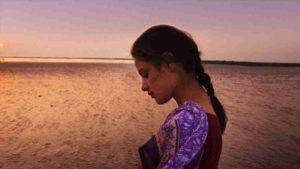
All We Imagine as Light. Grand Prix winner, Cannes 2024. IndieWire’s Anne Thompson says this film is her favourite this year, as she exclaims: “All We Imagine is an exquisite, spellbindingly hypnotic, a poignantly lyrical film that transcends form and style, full of enriching humanity and gentleness, joy and sadness and languorous eroticism, with a captivating beauty rarely seen on film.”

The Seed of the Sacred Fig. Iranian director Mohammad Rasoulof’s Special Jury and FIPRESCI Prize winner at Cannes offers a mesmerizingly gripping parable in which paranoia, misogyny and rage of the Iranian state are mapped seamlessly onto an ordinary family unit.

Conclave. Oscar nominees Ralph Fiennes and Stanley Tucci lead a brilliant ensemble cast in All Quiet on the Western Front director Edward Berger’s adaption of Robert Harris’ high-stakes drama, in which Cardinals gather at the Vatican to elect a new Pope, the film emerging as a psychologically complex morality tale.

The End. Tilda Swinton and Michael Shannon sing for their lives in Joshua Oppenheimer’s post-apocalyptic musical, with the director offering a staggering meditation on how we live with ourselves at the end of the world.

No Other Land. Best Documentary Award, Berlin 2024. A vital and wrenching documentary about Israel’s often barbaric efforts to expel a Palestinian community, co-directed by a collective of Israeli and Palestinian filmmakers, No Other Land offers a ground-level view of an occupation in action.
How and where do I buy tickets?

The easiest way to purchase tickets is to go online to viff.org, put the name of the film you’re interested in in the search engine, and click on Buy — from there it’s easy, allowing you to print your tickets at home. Or, you can call the Festival Infoline at 604-683-3456 from noon til 6 p.m. daily through October 6th. (Online is quicker.) Note that there is a service charge for online and phone orders: $1 per single ticket, up to $8 per order.
Required by the provincial government (because VIFF films screen unrated) you’ll need to purchase a one-time $2 VIFF membership.

Tickets can be purchased at the venues, as well, during operating hours. As of September 26th, all festival venues (VIFF Centre, The Chan Centre for Performing Arts, The Cinematheque, Fifth Avenue Cinemas, Cineplex International Village, The Orpheum, The Rio Theatre, SFU Goldcorp, and The Vancouver Playhouse) will have a box office open daily, one hour before the day’s first screening.
How early do I have to show up?
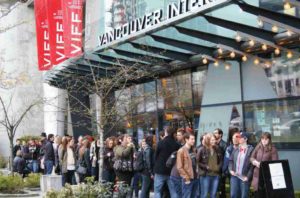
If you’re picky about where you sit, the earlier the better: An hour isn’t too early for a film that’s popular. But even if you don’t mind being in the back (or front) row, show up at least 15 minutes before showtime: At the 10-minute mark, unoccupied seats are counted and sold to those in the standby line.
What line do I stand in?
Each VIFF screening will have three separate queues: a pass-holder line (for those with passes hanging around their necks), a ticket-holders line (for those with tickets in hand) and a rush line. Standby tickets, for screenings that are sold out, go on sale 10 minutes before showtime, at full price.
Stand in the wrong line at your peril. (There will be signage, and helpful VIFF volunteers in VIFF T-shirts, if you’re confused.)
Can I bring my lunch?

Technically, no; VIFF venues do not allow outside food. Theoretically, yes, if you’re discreet about it. (Or just eat while waiting in line.)
Can I save a seat for a friend?
If you’re saving a seat at a sold-out screening, you might be asked to relinquish it if your friend is late, so tell them not to be.
What about bus routes and parking?

Translink / Coast Mountain buses are the best way to get around, although most of the venues are within walking distance of one another. Skytrain will whisk you to The Rio in no time flat. There’s parking at Cineplex International Village, but you’re going to want to check in with Festival staff (they’ll be wearing bright yellow VIFF T-shirts) to register your vehicle.
What about crowds?
There will be crowds, particularly at the better-known films; not a lot you can do about that. Maybe you’ll meet somebody nice in line; it happens often. Weekday screenings generally have shorter lines, particularly for less well-known films.

